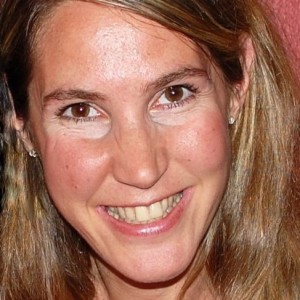SPEAKER
Optional Conference: Agile management, not just for managers

Mina Boström Nakićenović
Mina is a certified software architect with 15 years of experience of software development in different domains. The latest years she has been working on high-performance financial market systems at Sungard Front Arena, Stockholm. She has been applying agile and lean philosophy on several projects, producing lightweight solutions on time and within budget. With a Serbian persistence and a Swedish practicality Mina achieves to find pragmatic solutions. Mina has also been doing industry research work regarding the technical side of agile development in the industry. She was a speaker on several industry conferences, such as ALE 2014, GeeCON 2014, Agile Prague 2012, ICSEA 2011 and CEE-SECR 2010. She holds a MSc in Electrical Engineering and a Ph Lic in Computer Science.
Agile Architecture – How worse can be better
Agile and lean thinking can help us in creating an agile system architecture – an architectural solution that is “good enough”. A “good enough” solution is a solution that is “pulled” by the users requirements and therefore satisfies user’s need. Hence it creates a business value. Since it is just “good enough”, and not perfect from the technical point of view, usually such a solution can reduce both implementation time and cost, being more applicable and providing a faster return of investment.
The agile and lean philosophy could be applied even on big upfront designs, reducing the complexity and simplifying them. Through one real-life story about the Model-Driven Development architecture, from a time critical environment (financial sector), we will show how the agile and lean principles can be applied during architectural decision making, resulting in an agile architecture. It will also be shown how such agile architecture, although being a “worse” solution compared to a technically perfect one, is in fact a “better” solution, since it creates bigger business value.
This talk will provoke you to think about an old, well-known, question by R. Gabriel “Is Worse Better?” It demonstrates “How worse can be better” if the focus is on delivering a business value, which is one of the most important software architecture’s property.